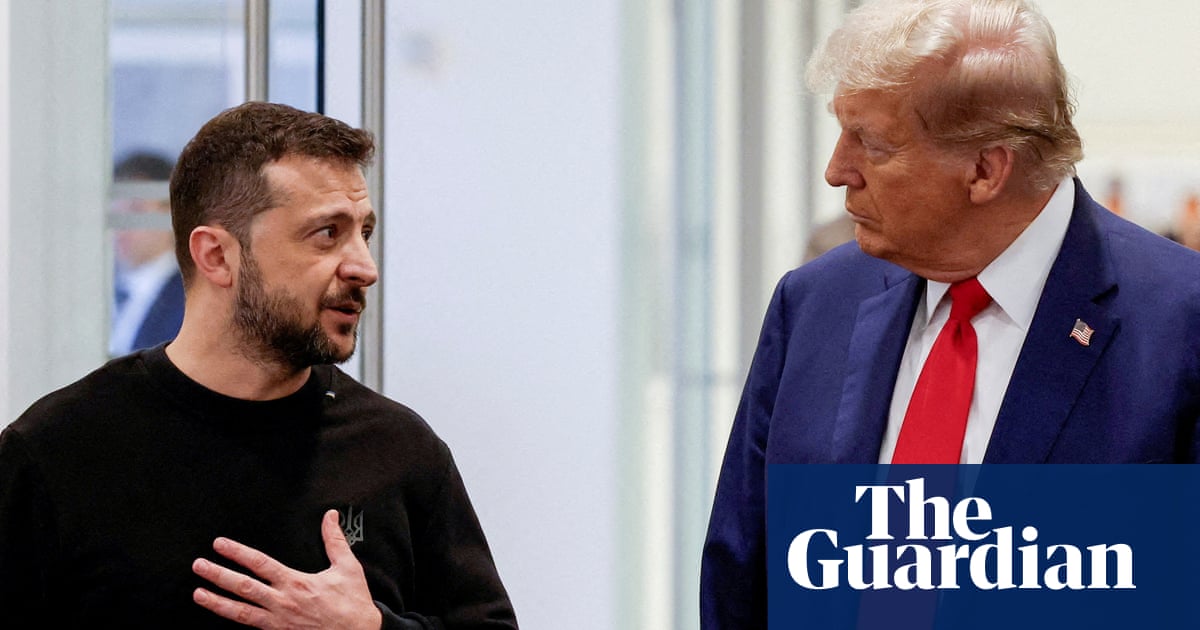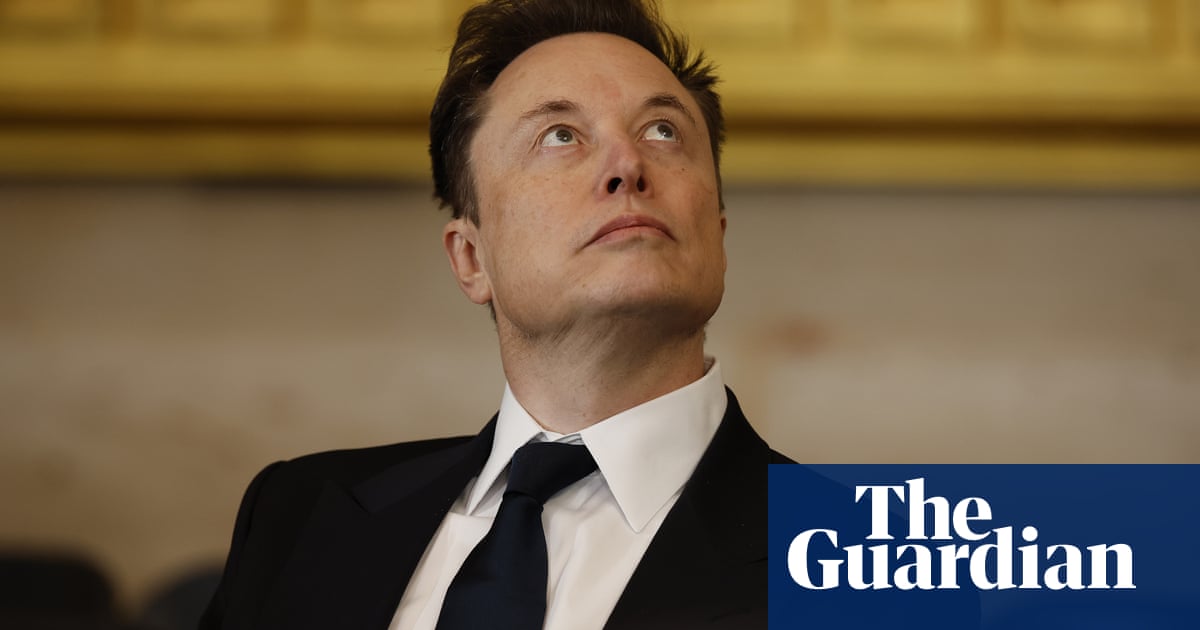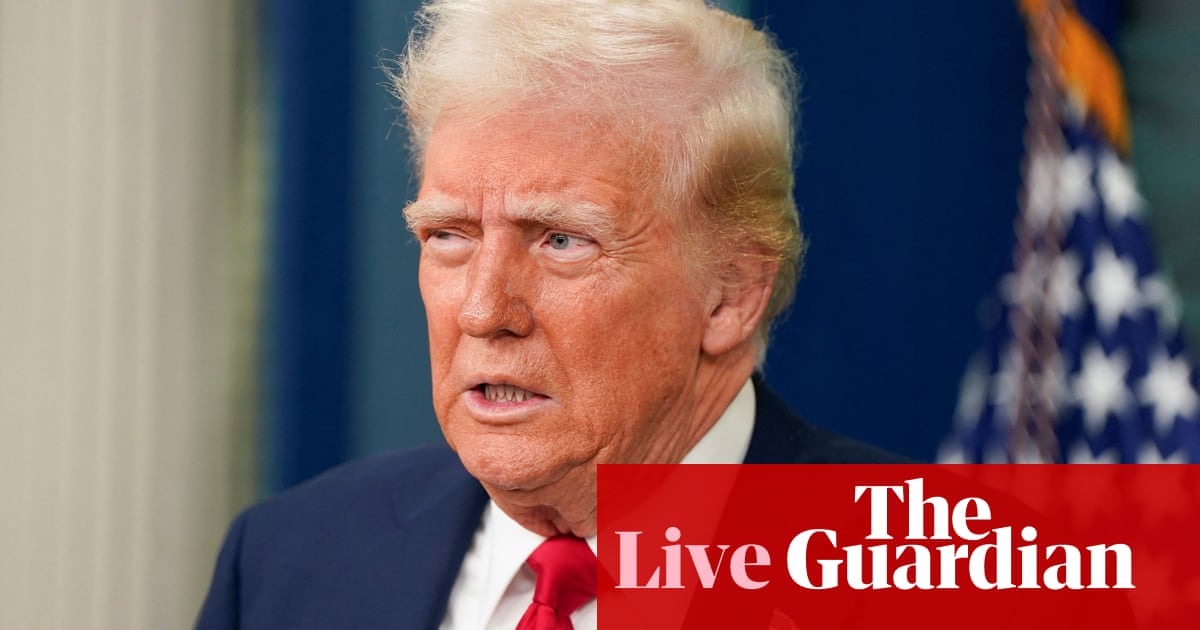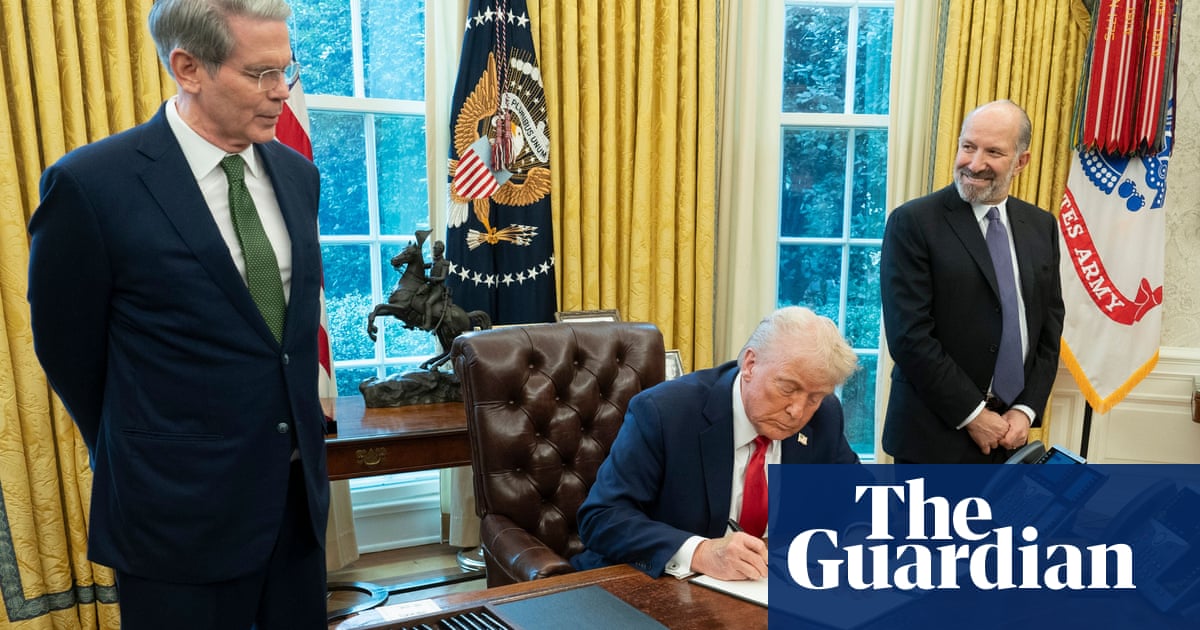Blue states spent the last four years one-upping each other with bigger and bigger plans to build offshore wind farms that could power the nation into the future
Now, just three weeks into Donald Trump’s presidency, the question is: What offshore industry?
New Jersey Gov. Phil Murphy spent years trying to make his state a hub of an industry that would bring factories and jobs up and down the Eastern Seaboard. But on Monday, the term-limited Democrat announced that his state would stop approving new offshore wind projects, a near-terminal setback for projects Trump and other Republicans have long maligned.
The announcement effectively ends much of Murphy’s seven-year agenda to spur a clean energy and green economy revolution in the Garden State and echoes setbacks in New York and California.
It also stymies the aspirations former President Joe Biden had planned for a green future that is more reliant on wind than fossil fuels while handing a victory to Trump, who favors coal, oil and natural gas.
For the past several years, state lawmakers in blue states and Democrats in Congress pushed through plans to give wind companies billions of dollars in subsidies and tax credits for offshore projects, all aimed at igniting the fight against climate change, creating a new industrial sector in America and ensuring tens of thousands of new jobs for union workers.
So far, only four small wind projects have been built. Another six have state contracts and federal permits — and are expected to move forward this year.
Ironically, perhaps the industry’s biggest bright spot is in a state led by a Republican governor: The nation’s largest offshore wind project is not only under construction but proceeding apace off the coast of Hampton Roads in Virginia. The company behind it, Dominion Energy, expects to finish construction next year and said it continues to enjoy “robust bipartisan support from Virginia government and congressional leaders, local communities, defense interests, commercial marine industry, civic, educational, environmental, labor and community partners.”
The head scratching part about offshore wind is why what is true in Virginia isn’t true elsewhere.
The roots of New Jersey’s interest in offshore wind date back to a law signed by former Republican Gov. Chris Christie. But times changed and so did the politics, as coastal property owners created an absolute ruckus for projects. Rep. Jeff Van Drew, a New Jersey Republican who represents a swath of the Jersey coast, led the offshore wind caucus before he became one of the industry’s biggest foes.
Murphy’s announcement, which he said was based on “patience and prudence,” has upset his base.
The New Jersey League of Conservation Voters, a group that once dubbed Murphy the nation’s greenest governor, accused Murphy of being cowed by Trump and fossil fuel interests.
Ed Potosnak, the group’s director, said Murphy’s move “plays right into the hands of Donald Trump, who wants to stick New Jersey families with dirty air and expensive oil and gas energy to further enrich his billionaire friends.”
In some ways, this shaming from a long-time ally shows patience is wearing thin for a term-limited Democrat who only has so much time to keep the big promises he made to base.
Perhaps the one big thing Murphy can still do for his environmental supporters is keep a promise to turn his administration’s 100 percent clean energy goals into a law.
But as Atlantic Shores CEO Joris Veldhoven said in a statement, Murphy’s latest move on Monday “clearly puts this goal at risk.” Offshore wind was expected to be a significant source of the clean energy the state needs. Of the four other projects New Jersey has approved, two are dead and two are in doubt.
Still, Murphy continues to express hope for the industry and may have a shot to make his case later this week during a trip to Washington where he hopes to meet with the new Interior Secretary Doug Burgum. The interior department oversees leases and permitting for offshore wind projects, which are in federal waters.
Biden’s goal was to deploy 30 gigawatts of offshore wind energy capacity by 2030, enough to power 10 million homes. The current low for the industry is even worse than in late 2023, when contracts for nearly 10 gigawatts of capacity were canceled or at risk.
The pipeline of projects with state contracts — and the amount states plan to procure in the coming year — is abysmally thin.
New York has one completed offshore wind project and two moving forward — but the long-term future of the industry in the state is also murky at best. That’s despite a statutory goal to procure 9 gigawatts of offshore wind by 2035. NYSERDA, the state’s energy authority, has delayed awards to developers as part of a solicitation that closed before Trump’s election.
“There's no question that there's now uncertainty because of the directives coming out of the federal government but we'll continue to press forward,” said John O’Leary, an energy official with Gov. Kathy Hochul’s administration, who left her office last week.
But if delays persist and developers decide the U.S. permitting picture is too risky, New York may close the process without making any awards — for the second time in a row. Even making splashy awards could prove fruitless for Hochul. “New York could come out tomorrow and announce new projects but if we can’t get the federal government to act, then these projects would be dead in the water,” said Adrienne Esposito, the executive director for Citizens Campaign for the Environment. “New York is somewhat handcuffed by the lack of a federal government that values wind.”
Things aren’t much better on the West Coast. California Gov. Gavin Newsom has targeted having 25 gigawatts of offshore wind built by 2045 — the largest and most distant goal of any state.
So far, five companies have leases in federal waters off the Golden State’s coast. One of those projects is already on pause. There are years of permitting challenges ahead for the other four, especially as long as Trump is in office.
Champions of offshore wind, like state Sen. John Burzichelli, a South Jersey Democrat who has long hoped the industry would be a major boost to his more rural part of the state, blames Trump for being short-sighted.
“Losing new sources of energy production is not good for consumers,” he said in a statement. “Reducing the supply puts upward pressure on the demand — and the costs — of energy.”
Massachusetts nominally has one of the handful of operating wind projects. But the troubled Vineyard Wind 1 project has been crippled after a blade broke and debris washed ashore. It only has one operational turbine out of 62.
The state has already lost a portion of Massachusetts Gov. Maura Healey’s rebooted offshore wind portfolio announced in September after a multi-state effort. Connecticut Gov. Ned Lamont declined to add to his own single offshore wind project, citing high costs.
Final negotiations for two Massachusetts contracts to support the federally permitted Southcoast Wind and New England Wind 1 projects have dragged on, with deals now due in late March. Rhode Island has also signed on to support the Southcoast project by paying for 200 megawatts of the project’s more than 1,200 megawatt capacity.
Maryland in late January has also boosted the federally permitted US Wind project, upping the contract with the project to 1,700 megawatts while staying under a statutory price cap.
Another lingering bitterness is at some of the wind companies themselves, especially the ones with roots in the fossil fuel industry. Shell, which was a 50-50 partner in Atlantic Shores, hit pause on its involvement in the wind project even before Murphy announced his move. In 2023, Orsted – which has roots as a company formerly known as Danish Oil and Natural Gas — cancelled two projects in New Jersey. Another New Jersey project facing uncertainty is owned by a subsidiary of French multinational TotalEnergies.
The head of New Jersey Sierra Club blamed Shell for killing Atlantic Shores.
“Once again, fossil fuel companies have taken favor from the Trump Administration to continue with the drill baby drill status quo,” she said in a press release. “Are we surprised?”

 German (DE)
German (DE)  English (US)
English (US)  Spanish (ES)
Spanish (ES)  French (FR)
French (FR)  Hindi (IN)
Hindi (IN)  Italian (IT)
Italian (IT)  Russian (RU)
Russian (RU) 























Comments